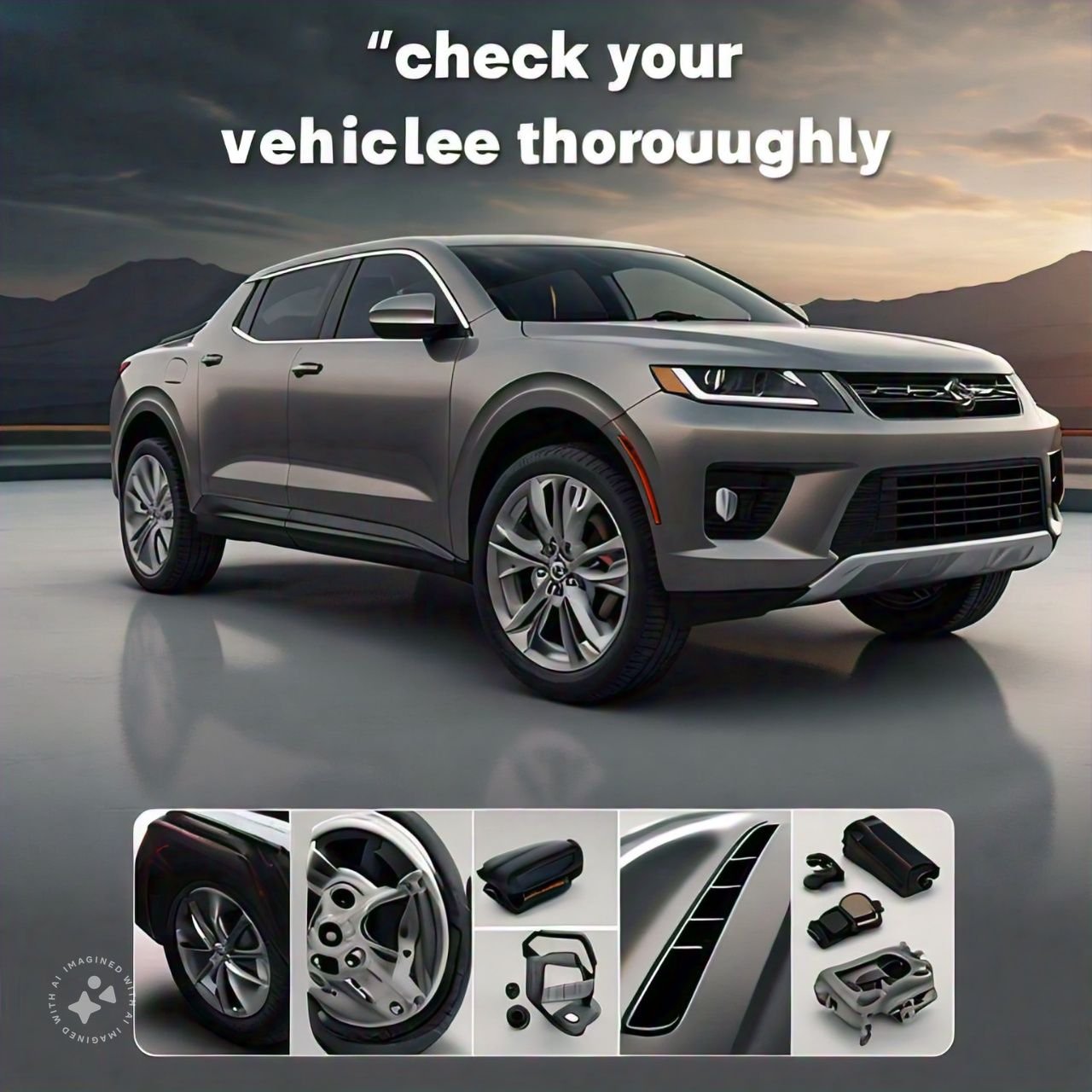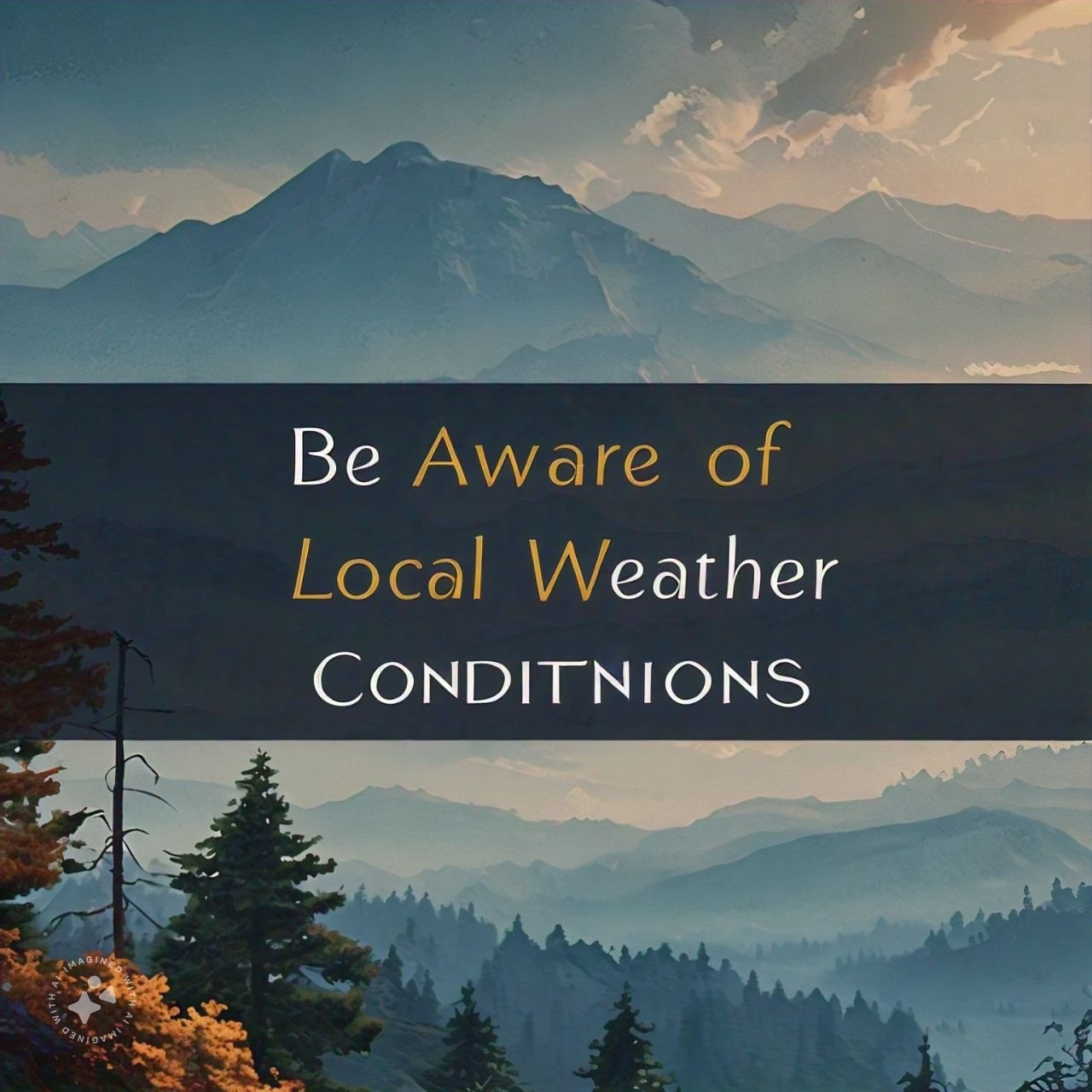Introduction
A road trip offers a thrilling sense of adventure, the chance to explore new places, and the opportunity to create lasting memories. However, to ensure that your journey remains enjoyable and free from mishaps, proper preparation and safety precautions are essential. This guide provides comprehensive road trip safety tips to help keep your journey smooth and secure. From vehicle maintenance to emergency preparedness, these tips will equip you for any challenges that may come your way.
Plan Your Route and Make Reservations

The Importance of Planning
A successful road trip begins with proper planning. Taking the time to map out your route can help you avoid potential difficulties along the way. Consider using GPS or map applications to identify the best routes, including scenic byways that can enhance your travel experience. While planning, also ensure you have alternate routes in case of unexpected problems, such as road closures or heavy traffic.
Making Reservations
If your road trip takes you near popular tourist spots or through busy areas, making reservations is crucial. Bookings for hotels and accommodations not only provide you with a place to rest but also allow you to plan your rest stops effectively. This preparation will save you from the last-minute stress of finding a hotel or rest area during your journey.
Checkpoints and Breaks
As part of your planning, identify potential checkpoints or places of interest along your route. This can include national parks, historic sites, or local attractions. Planning breaks at these locations not only makes the journey more enjoyable but also gives you a chance to stretch and refresh, which is essential for maintaining focus while driving.
Check Your Vehicle Thoroughly

Importance of Vehicle Maintenance
The smoothness of your journey largely depends on the condition of your vehicle. A well-maintained vehicle is less likely to break down, allowing you to enjoy your trip without unnecessary interruptions. Therefore, it’s essential to perform a thorough check-up of your vehicle before setting out.
Key Areas to Inspect
Fluid Levels: Check engine oil, coolant levels, brake fluids, and transmission fluid. Ensuring that these fluids are at optimal levels can prevent overheating and other mechanical issues.
Tire Condition: Inspect the tires for proper pressure and tread depth. Uneven wear or low tire pressure can lead to blowouts or poor handling. Don’t forget to check the spare tire as well!
Battery Health: Ensure your battery is in good condition and that the terminals are clean. If your battery is older than three years, consider having it tested at a service station.
Lights and Wipers: Test your headlights, taillights, and turn signals. Visibility is crucial, especially at night or in poor weather conditions. Also, check the windshield wipers to ensure they effectively clear rain or snow.
Emergency Kit: Equip your vehicle with an emergency kit containing basic tools, a first-aid kit, and spare bulbs. This kit can be invaluable if you encounter minor mechanical issues or injuries during your trip.
Pack an Emergency Kit
Preparing for Emergencies
Being prepared for emergencies is crucial on a road trip. An emergency kit should be a staple in your vehicle. Here’s a list of essential items to include:
Basic Medical Supplies: Stock your kit with bandages, antiseptics, gauze, pain relievers, and any personal medications you may need.
Tools: A basic tool kit with screwdrivers, pliers, wrenches, and duct tape can help you handle unexpected situations, such as tire punctures or minor mechanical failures.
Flashlight: A reliable flashlight with extra batteries can be a lifesaver if you find yourself stranded after dark.
Non-Perishable Food and Water: Include energy bars, nuts, and bottled water to keep you nourished in case of unexpected delays.
Blankets: A couple of warm blankets can provide comfort in emergencies, especially if you’re stuck in cold weather.
Follow Road Trip Safety Rules

The Responsibilities of a Driver
Every driver has a responsibility to follow road safety rules. Adhering to these rules not only protects you but also ensures the safety of your passengers and other road users.
Key Safety Practices
Speed Limits: Always pay attention to speed limits, which are designed to keep everyone safe. Adjust your speed according to road and weather conditions.
Traffic Signals: Strictly follow traffic signals and signs. Running a red light or ignoring a stop sign can lead to dangerous situations.
Lane Discipline: Maintain lane discipline, using turn signals to indicate your intentions when changing lanes.
Seat Belts: Ensure that all passengers wear seat belts. Seat belts save lives and are a legal requirement in most places.
Avoid Distractions: Avoid using your phone while driving. If you need to attend to urgent calls or messages, pull over safely before doing so.
Driving Under the Influence
Never drink and drive. Consuming alcohol impairs your ability to make quick decisions and react to changing road conditions. If you plan to consume alcohol, arrange for a designated driver or use rideshare services.
Stay Hydrated and Take Breaks
The Importance of Hydration
Maintaining hydration levels during a long journey is essential. Dehydration can negatively affect your concentration, reaction time, and overall driving performance.
Taking Regular Breaks
To combat fatigue, plan to take breaks every 2-3 hours. Use these stops to stretch, walk around, and recharge. This will help relax your body and reduce muscle fatigue, improving your driving performance.
Snacks and Hydration
Pack healthy snacks and plenty of water or energy drinks. Healthy snacks can help maintain your energy levels and keep you alert while driving.
Secure Your Belongings
Protecting Your Valuables
Securing your belongings during a road trip is vital. Improperly secured items can become projectiles in the event of sudden stops or accidents, posing a risk to you and your passengers.
Tips for Securing Belongings
Storage Solutions: Use storage compartments or bins to keep items organized and secure. Avoid leaving loose items on the seats.
Valuables in the Trunk: Keep expensive items, such as electronics and jewelry, stored in the trunk when you stop. If you must keep valuables in the car, hide them from view.
Lock Your Vehicle: Always lock your doors and windows, especially when stopping in unfamiliar areas. This simple step can significantly reduce the risk of theft.
Be Aware of Local Weather Conditions

Monitoring Weather Changes
Weather can change rapidly, especially when traveling through different regions. Being aware of local weather conditions is crucial for road trip safety.
Use Reliable Sources
Utilize reliable sources such as weather apps or local news channels to check updates. Before setting out each day, look ahead at the forecast to prepare for any adverse conditions.
Driving Tips for Various Weather Conditions
Rain: Drive at reduced speeds, increase your following distance, and be aware of hydroplaning risks.
Snow: Use snow tires if traveling in winter conditions. Drive slowly and brake gently to maintain control.
Fog: In foggy conditions, use low-beam headlights and reduce your speed. Maintain a safe distance from the vehicle in front of you.
Use Technology Wisely
Enhancing Your Journey
Technology can significantly enhance your road trip experience by providing navigation, entertainment, and information. However, it’s crucial to use it wisely to avoid distractions.
GPS and Navigation
Use GPS and navigation apps to help you find your way. However, ensure you set your route before you start driving. If you need to adjust your navigation, pull over to a safe location first.
Avoiding Distractions
Avoid using mobile phones while driving. If you receive an urgent call or message, find a safe place to pull over before responding. Technology should enhance your driving experience, not distract you from it.
Know Emergency Contacts and Local Services
Importance of Local Information
Before embarking on your road trip, familiarize yourself with emergency contacts and local services along your route. This information can be invaluable in unexpected situations.
Key Contacts to Have
Emergency Numbers: Have local emergency numbers, including police, fire, and medical services, saved in your phone.
Roadside Assistance: If you have roadside assistance through your insurance or a service like AAA, keep that contact information handy.
Nearby Hospitals: Know the locations of nearby hospitals or urgent care facilities in case of medical emergencies.
Repair Services: Familiarize yourself with local mechanics or towing services along your route. This information can help you quickly resolve any vehicle issues.
Keeping Your Phone Charged
Ensure your phone is charged and easily reachable. Invest in a car charger to maintain battery life during your journey. Consider carrying a portable charger for additional backup.
Enjoy Responsibly
Balancing Fun and Safety
The fun of a road trip comes from enjoying the journey, but it’s essential to balance enjoyment with responsibility. Following safe driving practices and road safety rules is your primary duty as a driver.
Embracing the Journey
Maintain a relaxed and calm approach throughout your trip. Take time to enjoy every stop and destination, making your journey memorable. Explore local attractions, try regional foods, and interact with locals to enrich your experience.
Documenting Your Adventure
Consider keeping a travel journal or documenting your journey through photos. This not only serves as a great way to remember your trip but also encourages you to slow down and appreciate each moment.
Conclusion
A successful road trip requires thoughtful planning, preparation, and responsible behavior. By following these comprehensive safety tips, you’ll ensure a smooth and enjoyable journey. Remember, the goal is not just to reach your destination but to create lasting memories along the way. So buckle up, stay safe, and happy travels!
4o mini





